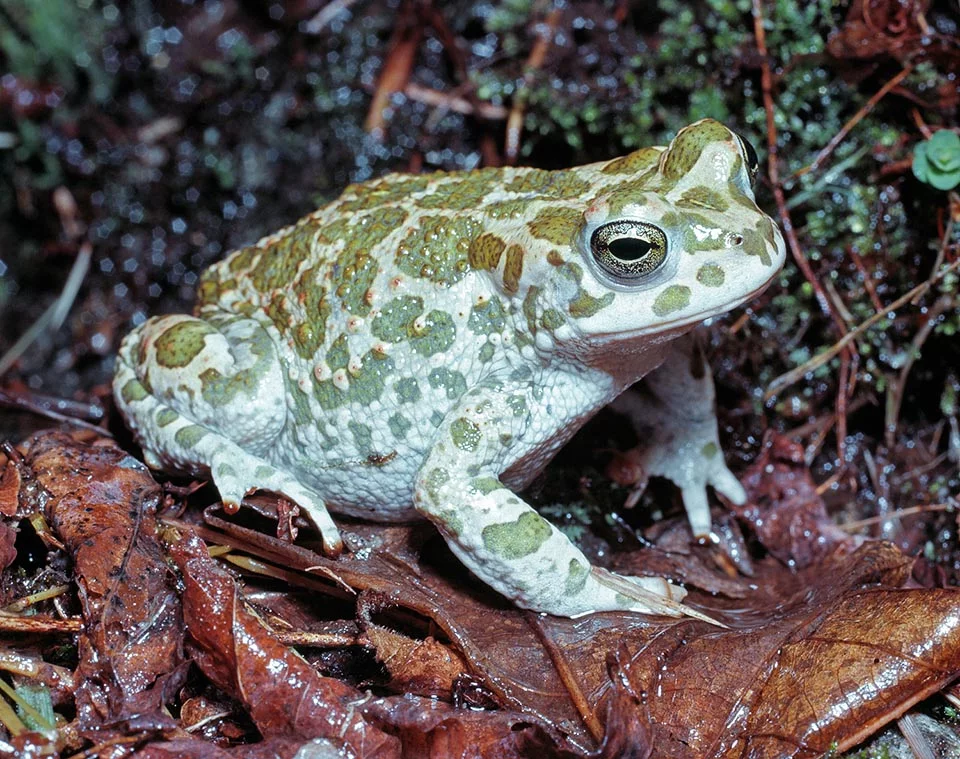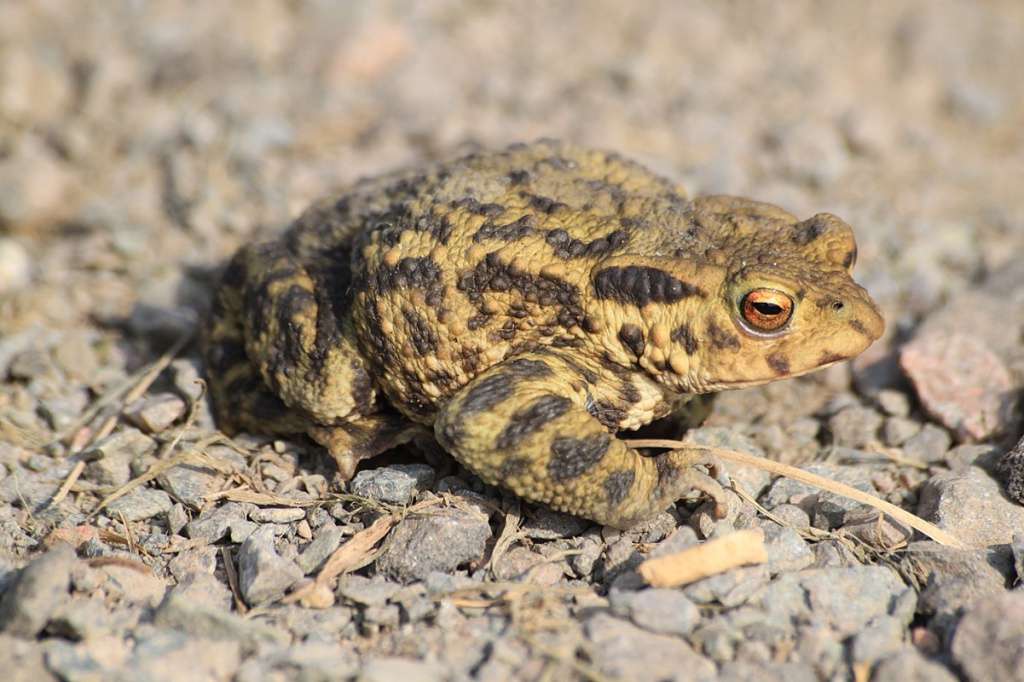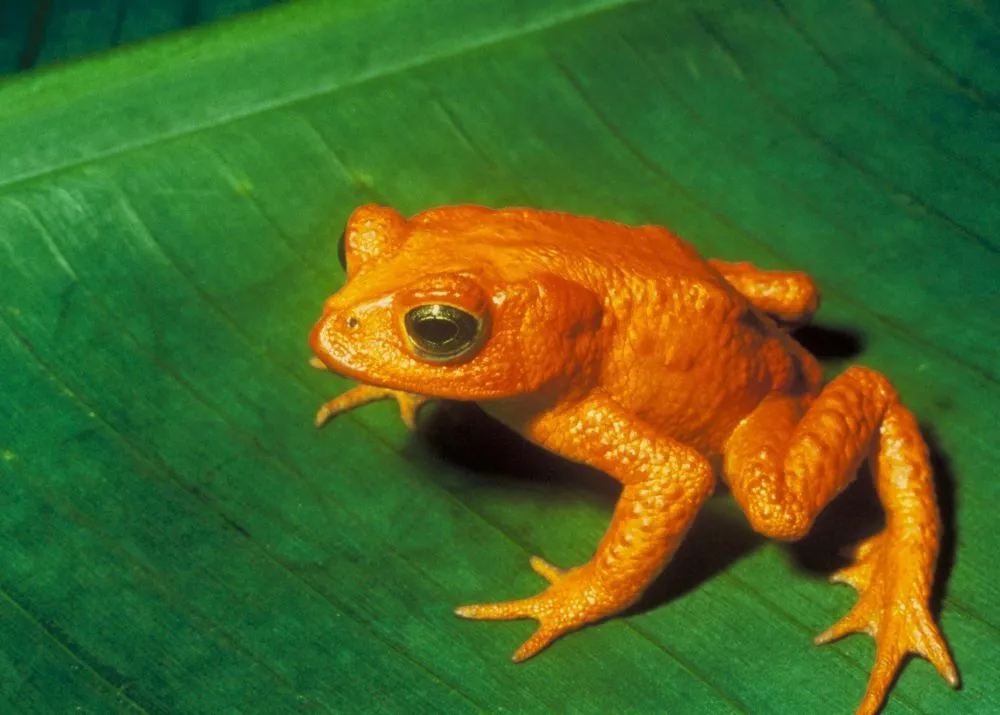
As their name suggests, the European green toad is a native of that continent, where they are mainly regarded as common. Despite continuous efforts at reintroduction, they are sadly already extinct in Switzerland. These creatures are predators that eat a range of aquatic and terrestrial invertebrates.
His call draws females to him, and the couple may go on to lay up to 2,000 eggs each breeding season. The European green toad, which is thought to be widespread throughout its range, is nonetheless under danger from pollution and habitat destruction.
Appearance
At night, when they are hunting invertebrates like ants, beetles, snails, slugs, and spiders, common toads are most active. They can become sedentary if they discover a reliable food supply. In fact, throughout the summer they may frequently spend extended amounts of time in gardens. Toad tadpoles are black and form shoals, in contrast to common frog tadpoles, which are placed in clumps. Early in the summer, generally after rain, toadlets can emerge from ponds in large numbers. A typical European green toad weighs between 18 and 77g and is 4.8 to 12 cm (2 to 5 in) in length (0.04-0.17lbs).

Food
A carnivore, the European green toad. Both on land and in the water, these creatures will consume a variety of invertebrates for food.
Habitat
The European green toad’s native continent is Europe. Albania, Austria, Belarus, Bosnia and Herzegovina, Bulgaria, Croatia, Czechia, Estonia, France, Germany, Greece, Hungary, Italy, Kazakhstan, Latvia, Lithuania, Malta, Moldova, Montenegro, North Macedonia, Poland, Romania, Russian Federation, Serbia, Slovakia, Slovenia, and Ukraine are among the nations where they are present. It is known that they are extinct in Switzerland, and it is unknown whether they still exist in Denmark and Sweden. Spain is home to an invasive population of the species.
These creatures have been observed in wetlands, grasslands, shrub land, and forests. They may survive in populated environments, including public gardens and parks. Their natural environment frequently includes swamps, ponds, lakes, and pools that are close to water. Additionally, man-made waterways like ditches and reservoirs are utilized.
Reproduction
In different parts of their distribution, breeding season varies. Typically, it takes place between February and July. They will get together at a spawning location at the start of this season. Males congregate here initially and start calling in an effort to entice a partner. Unusual for frogs, these creatures can consume both freshwater and brackish (semi-saline) water.
If all goes well, the female will lay her eggs, which the male will fertilize when they hatch. Each female has the potential to lay up to 2000 eggs. Tadpoles will eat algae and trash as food. They frequently stay near the shore during the day. In this species, sexual maturity varies greatly. In certain regions, they do so by age 2, whilst in others, it might not happen until age 5.
As Pet
It is simple to care for a European green toad. They thrive in a terrarium at home.
Table





